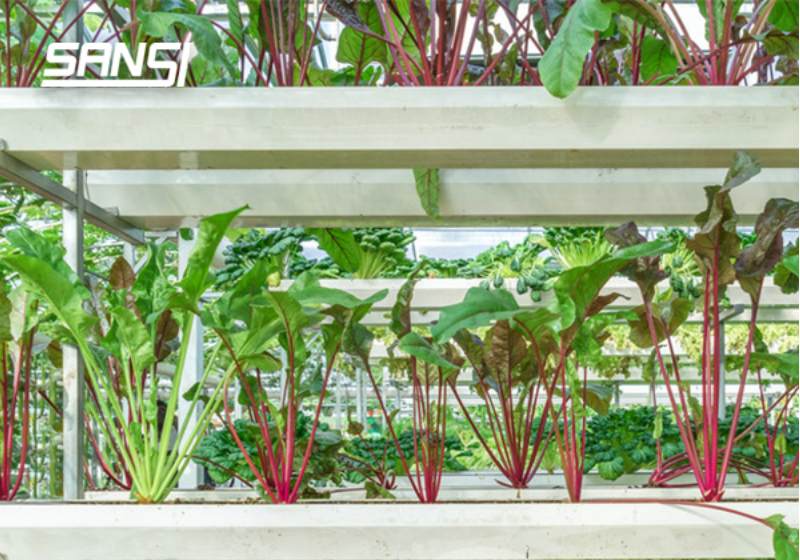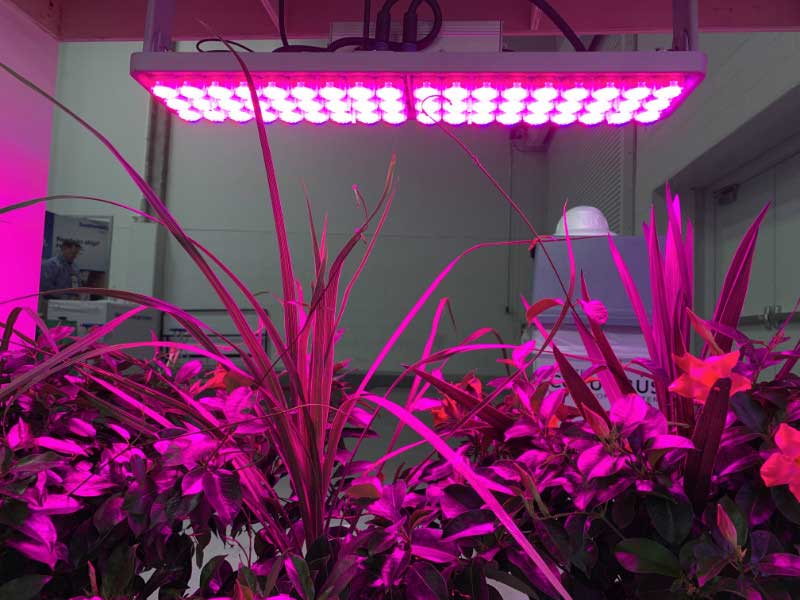Sansi LED: Sustainable LED Lighting and Integrated LED Display
Delivering premium and professional LED Display, LED Lighting, Smart City Integration solutions, trusted by over 60,000 companies worldwide everyday. From industrial lighting to commercial lighting, from outdoor advertising to XR & VR production, Sansi LED greatly improves the quality and sustainability of your business with 30 years of expert experiences.

Light is one of the essential environmental factors for plant growth. As greenhouse planting is accepted by more and more gardening enthusiasts or plant growers, artificial light environment is gradually recognized by people. It has been widely used in various horticultural scenarios in order to increase yield and improve quality. Then how to choose suitable growth lights for their products become a serious problem for the growers.

High Pressure Sodium Lamp (HPS) or LED Lamp
As a new light source, LED has the characteristics of low energy consumption, environmental protection, long lifespan, quick response time, etc., and has obvious advantages in the field of horticultural lighting. Compared with traditional high-pressure sodium lamps, LEDs can adjust the spectrum and radiation intensity according to the actual requirements of planting. In addition, LED is a cold light source with a relatively low heat output, which can irradiate plants at close range without burns. For indoor farms or greenhouses, the small size of LEDs is more suitable for multi-layer rack planting, saving space and increasing the overall planting area.

Although LED growth light has its obvious advantages, the specific growing program needs to be judged by the types of crops and geographical locations. For example, in high latitude areas, greenhouse cultivation during winter requires a certain amount of heat to maintain the ambient temperature. Then the mixed use of LED plant growth lamps and high-pressure sodium lamps is an ideal solution for indoor growing.
The Choose of Spectrum
The light radiation related to plant growth can be divided into: photosynthesis with light energy, and light form formation with signal effect. Photomorphogenesis refers to the process of plant growth, development and differentiation under light conditions. In 2017, the "Quantities and Units of Electromagnetic Radiation for Plants" issued by the American Society of Agriculture and Biological Engineering extended the wavelength of light effective to plants to 280nm-800nm. Different wavelengths of light have different effects on plants. For example: increasing the proportion of blue light can promote the formation of lycopene and flavonoids and improve tomato quality. It is recommended to choose the spectrum according to the type of plant. This is not only beneficial to the growth and overall quality of the plants.

Illuminance Uniformity
Besides the type and spectrum, there are many other important parameters, such as the illuminance uniformity. The uniformity of light determines the appearance and the consistency of individual plant products. For plants in an indoor artificial light environment, high yield and high quality are the core goals. Therefore, the light intensity and light quality must be evenly distributed during the light environment design process to ensure plant uniformity.

There are various growth lights on the market and it’s important to choose the most suitable one for your planting. SANSI, which focused on the led industry for 27 years, provides you with the best solution for horticultural lighting.
